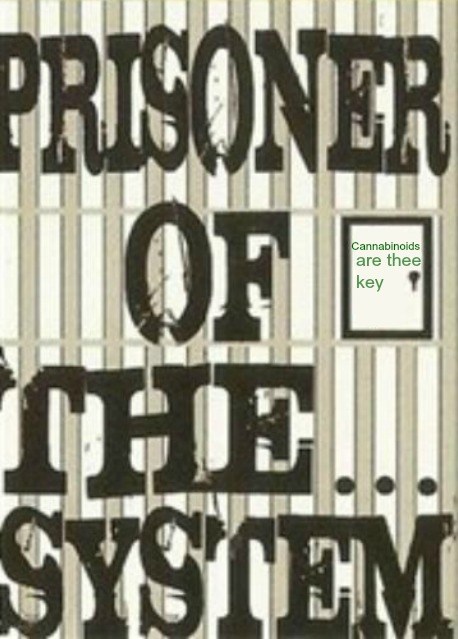Mechanisms underlying restoration of hepatic insulin sensitivity withCB1 antagonism in the obese dog model.
Source
Cedars-Sinai Medical Center; Diabetes and Obesity Research Center; Los Angeles, CA USA.
Abstract
Visceral fat has long been associated with the development of insulin resistance. Although the mechanism is not well understood, it has been suggested that an increase in this fat depot results in an elevation in portal vein levels of free fatty acids and/or adipokines, adversely affecting hepatic glucose production. Overactivity of the endocannabinoid system is closely related to abdominal obesity and type 2 diabetes, suggesting CB1 receptor antagonism may exert its beneficial effects by decreasing visceral fat mass. A recent study published from our laboratory explores the role of chronic CB1receptor antagonism and the longitudinal changes in insulin sensitivity and fat deposition in the canine model.
KEYWORDS:
adiponectin, canine, insulin resistance, obesity, visceral fat


